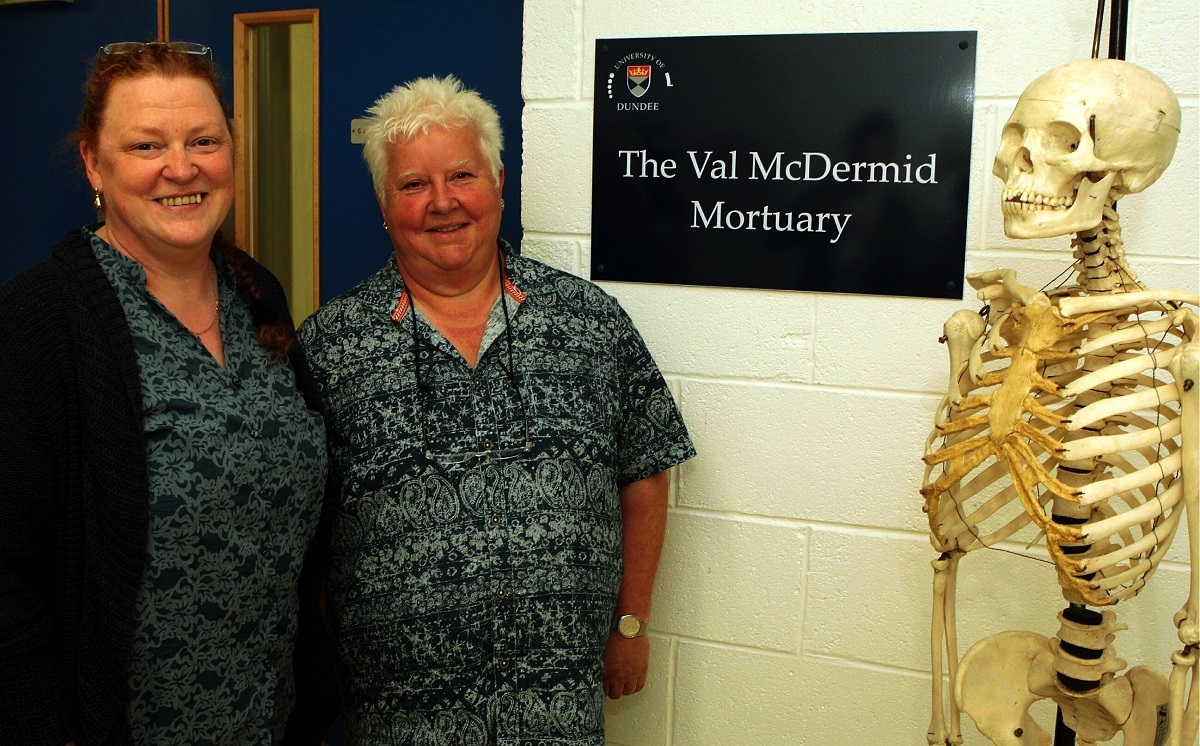
PEOPLE are increasingly leaving their bodies to medical science instead of landing their bereaved families with soaring funeral costs.
Up to 20 inquiries a week are being made at one university by people wanting to know how to donate their remains.
It is thought the trend is partly being fuelled by the spiralling cost of burials and cremations.
An average funeral and burial in Scotland costs £3,240, while a cremation is only slightly less at £2,610.
Another theory is that Scots are shifting away from the fuss of traditional religious ceremonies in preference for doing something “worthwhile” with their remains.
In many cases donors are former NHS staff and patients keen to help train a new generation of medics.
At Dundee University, where a new mortuary opened last year, the number of bodies arriving for use by medical students has more than tripled in the past 10 years.
The new Val McDermid Mortuary at the university’s Centre for Anatomy and Human Identification was built after a fundraising campaign led by forensic anthropologist Professor Sue Black and named after the crime writer for her support.
Professor Black hopes bequeathing remains to medical science will become as mainstream as organ donation and traditional funerals.
“I want people to have that choice of when they die, do they give their organs for transplant, and do they then get cremated or buried or do they bequeath their remains,” she said.
In 2003, the facility handled 30 bodies but that figure had soared to over 90 last year.
Vivienne McGuire, the Bequest Secretary at Dundee University, said while soaring funeral costs “might be a consideration” for some donors, mostly they don’t want their family “to be troubled with organising their funeral”.
She said: “The majority of our donors genuinely do it for altruistic reasons they want to give something back to society.”
Dr Joe Goldblatt, 63, is leaving his body to Edinburgh University, where there has also been an increase in interest and donations.
“By donating my body I may be able to help doctors learn and discover new techniques for preserving life in the future,” he said.
“The other reason is my family will have no funeral costs and my ashes will be returned to them later.”
It’s understood there has also been growing interest in bequeathing remains at Aberdeen, St Andrews and Glasgow universities.
Charity worker Gordon Peddie, 65, of Glasgow, signed up to become a body donor six years ago after a heart scare.
“I detest funerals the cost strikes me as quite appalling,” he said.
“I got great treatment from the NHS.
“I’m not a millionaire who can donate vast sums of money but I can do this.”

Enjoy the convenience of having The Sunday Post delivered as a digital ePaper straight to your smartphone, tablet or computer.
Subscribe for only £5.49 a month and enjoy all the benefits of the printed paper as a digital replica.
Subscribe